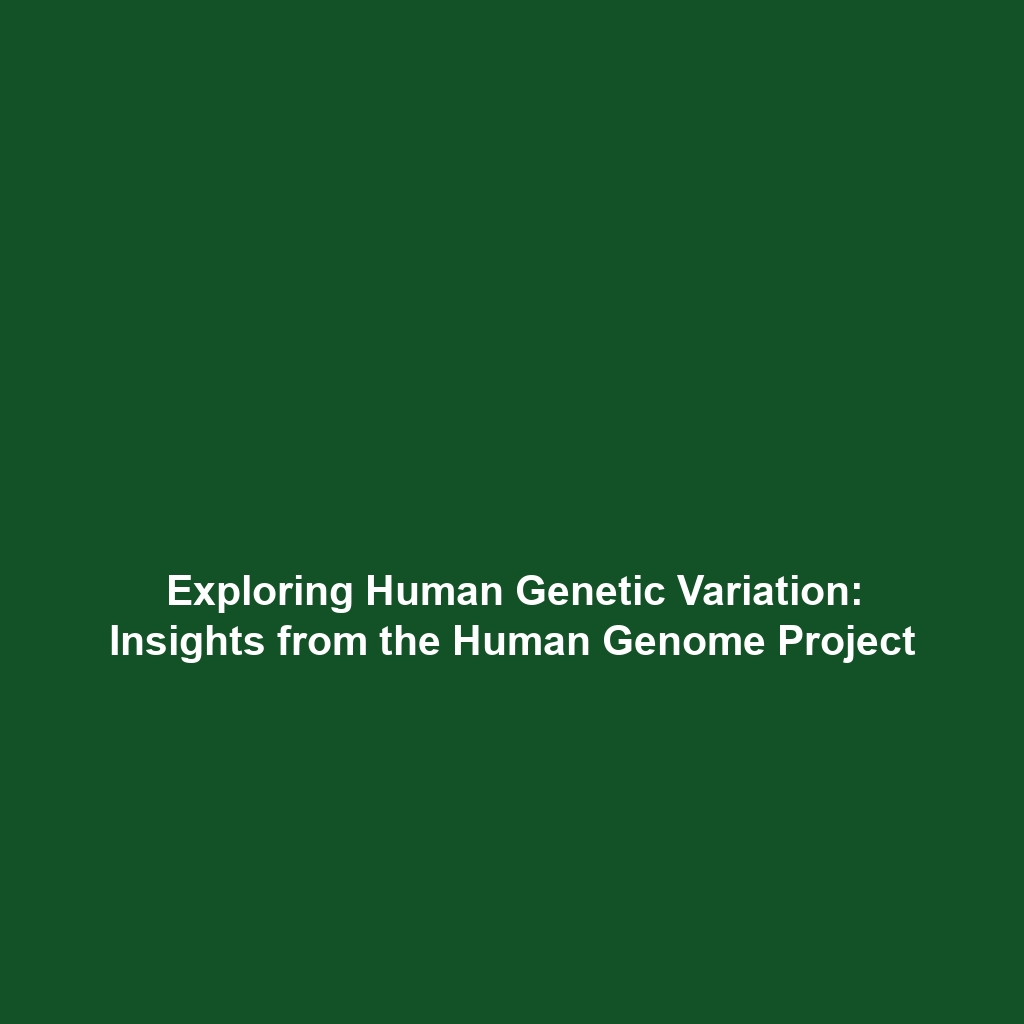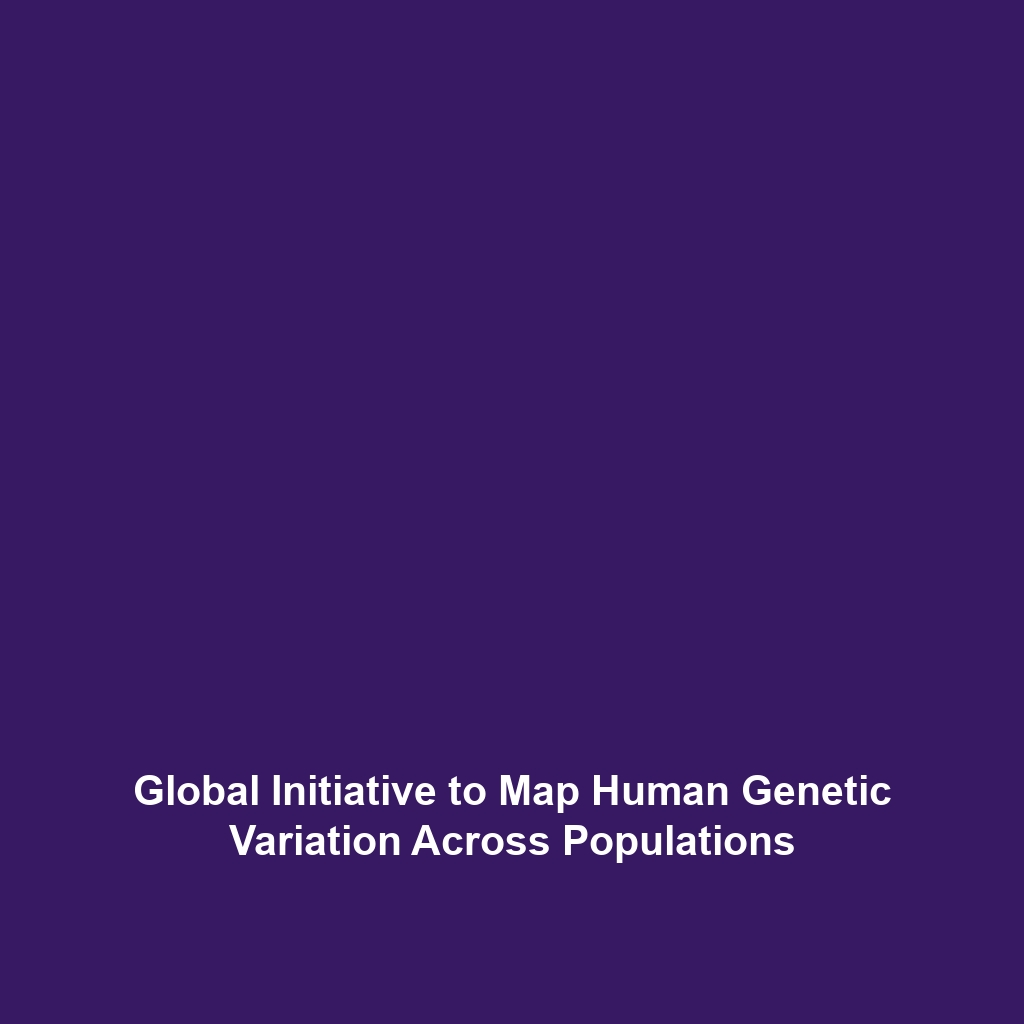The Human Genome Project: Understanding Non-Coding DNA
Category: Human Genome Project
Topic: The HGP found that about 98% of the human genome does not code for proteins, challenging early assumptions that the bulk of DNA was junk.
Introduction
The Human Genome Project (HGP) revolutionized our understanding of genetics and DNA, revealing that approximately 98% of the human genome does not code for proteins. This groundbreaking discovery challenged the longstanding belief that the vast majority of DNA was merely junk. Findings from the HGP have significant implications for genomics, evolutionary biology, and medical research. As we delve deeper into the complexities of the human genome, it becomes crucial to explore the non-coding regions and their roles in cellular regulation and function.
Key Concepts
Understanding Non-Coding DNA
Non-coding DNA refers to segments of DNA that do not directly code for proteins. While initially deemed insignificant, these regions are now understood to play essential roles in:
- Gene regulation
- RNA production
- Chromatin structure maintenance
Significance of the HGP Findings
The HGP’s findings have shifted the paradigm of genomic research by highlighting the importance of non-coding regions. These areas are believed to influence gene expression and are involved in complex cellular processes, suggesting their relevance in health and disease.
Applications and Real-World Uses
The discovery that 98% of the human genome does not code for proteins opens new avenues for scientific exploration and practical application. Some significant applications include:
- Genetic Disorder Diagnostics: Understanding non-coding regions helps in identifying genetic mutations that contribute to various diseases.
- Personalized Medicine: Insights from non-coding DNA can lead to tailored health treatments based on individual genetic profiles.
- Conservation Genetics: The HGP findings aid in biodiversity studies and conservation efforts by analyzing non-coding variations among species.
Current Challenges
Despite the advancements, several challenges still exist in studying non-coding DNA and applying the HGP’s findings:
- Complexity of Function: The functions of many non-coding sequences remain unknown, leading to uncertainty in their roles.
- Data Interpretation: Large amounts of genomic data require sophisticated tools and methods for accurate interpretation.
- Ethical Implications: Understanding the genetic basis for diseases raises ethical questions regarding privacy and genetic discrimination.
Future Research and Innovations
The future of research into non-coding DNA and its implications for health and disease looks promising. Key areas of innovation include:
- CRISPR Technology: Continuing advancements in gene-editing techniques may enable targeted modifications of non-coding regions to alleviate genetic disorders.
- Longitudinal Genomic Studies: Ongoing studies can help elucidate the role of non-coding DNA across different populations and environments.
- Artificial Intelligence in Genomics: The application of AI will enhance data analysis, helping to uncover the significance of non-coding sequences.
Conclusion
In summary, the Human Genome Project’s revelation that about 98% of the human genome does not code for proteins reshapes our understanding of genetics and its applications in medicine and biology. As research continues to uncover the mysteries of non-coding DNA, we can expect advancements that will significantly influence healthcare and genetic research. For further reading on genomic discoveries, explore our Genomics Resources page or stay updated with the latest research articles.









